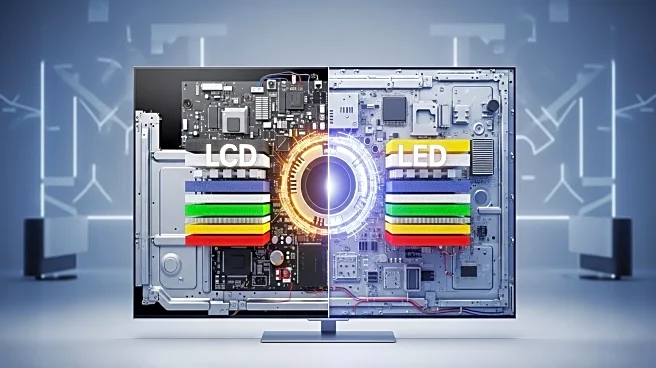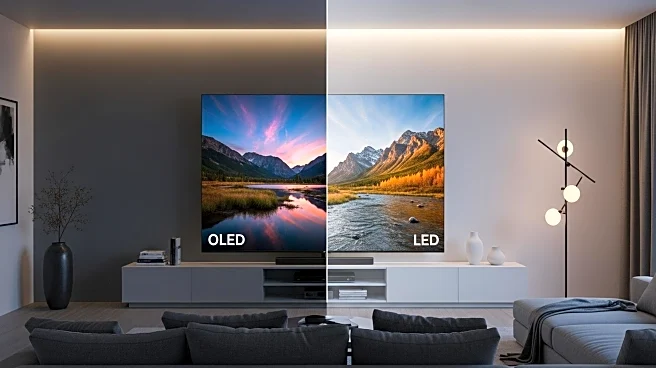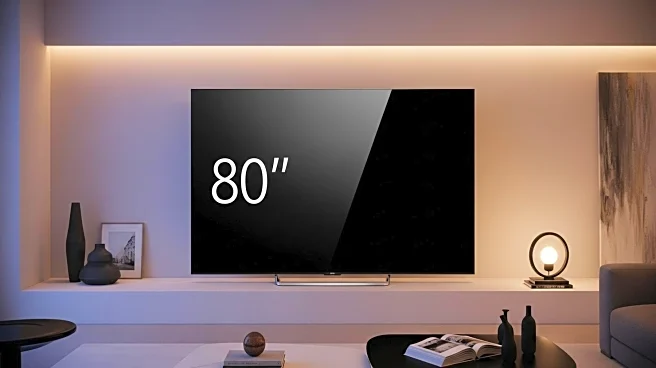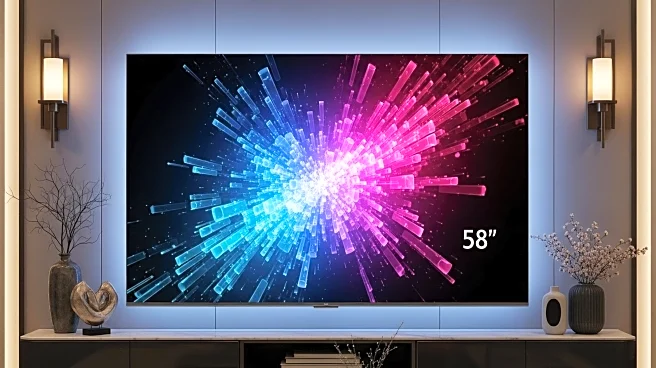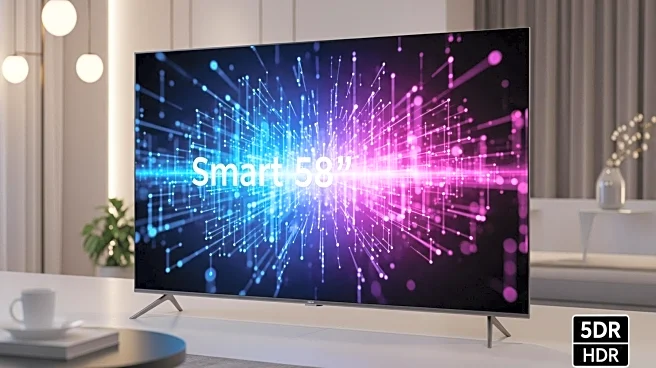What's Happening?
LCD and LED TVs, while based on similar technology, offer different viewing experiences. LCD TVs use liquid crystal displays to create images, while LED TVs use light-emitting diodes as backlights. The term 'LED TV' is often misleading, as these are essentially LCD TVs with LED backlights. The differences in LED placement and quantity affect image quality, with mini-LED TVs offering superior brightness and picture quality compared to traditional LCDs.
Why It's Important?
Understanding the differences between LCD and LED technologies is crucial for consumers making purchasing decisions. LED TVs, particularly mini-LED models, offer enhanced brightness and image quality, appealing to those seeking high-performance displays. This knowledge empowers consumers to choose the right technology based on their viewing preferences and budget, influencing market trends and driving innovation in display technology.
Beyond the Headlines
The evolution of TV technologies reflects broader trends in consumer electronics, where advancements in display technology continue to enhance viewing experiences. As manufacturers innovate, consumers benefit from improved image quality and performance, shaping the future of home entertainment.

